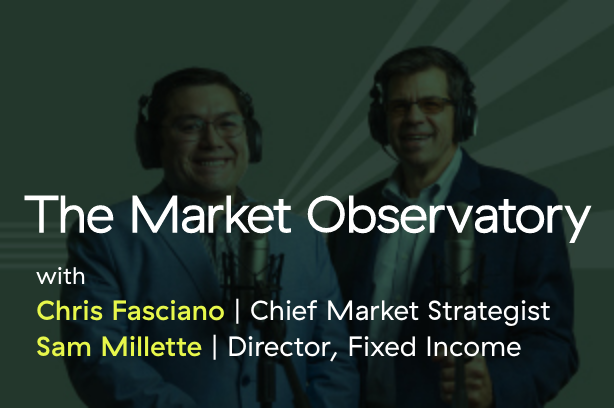Writing my fourth-quarter preview of the economy and markets, which I plan to share with you tomorrow, I started thinking about several big ideas that are in play right now. Though these themes aren’t particularly actionable, they will frame our discussion of the near- to medium-term future.













